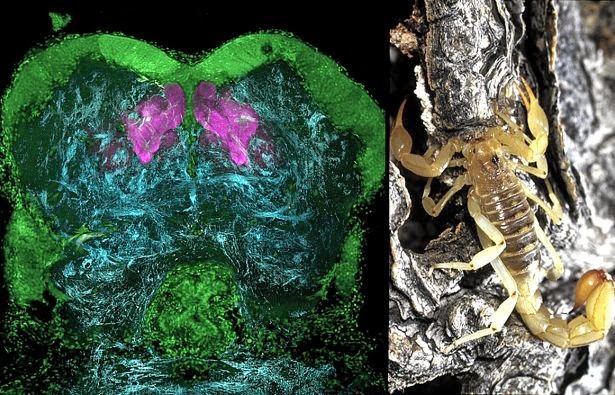A new feedback mechanism for regulating contractility
Many of the fundamental processes of life rely on biological
structures known as epithelial tubes. These tubes serve to transport various
gases, liquids and cells around the body. With each breath, for example,
epithelial tubes transport oxygen to the lungs. Our blood vessels, kidneys and
pancreas, mammary, salivary and tear glands, are all essentially composed of
epithelial tubes. However, these tubes are more than just a biological plumbing
system. Instead, they are dynamic structures which must counter outward
pressures to prevent their swelling or rupture. An intrinsic ability of
epithelial tubes to constrict helps maintain their integrity. This constriction
results from actomyosin contractility, a co-ordinated movement of filaments
made of a protein known as actin, and a motor protein known as myosin. Problems
in epithelial tube contractility are responsible for asthma, raised blood
pressure and gastrointestinal disorders. Each one of these diseases affects
millions of people worldwide, dramatically affecting their quality of life.
































_thmb.jpg)

















